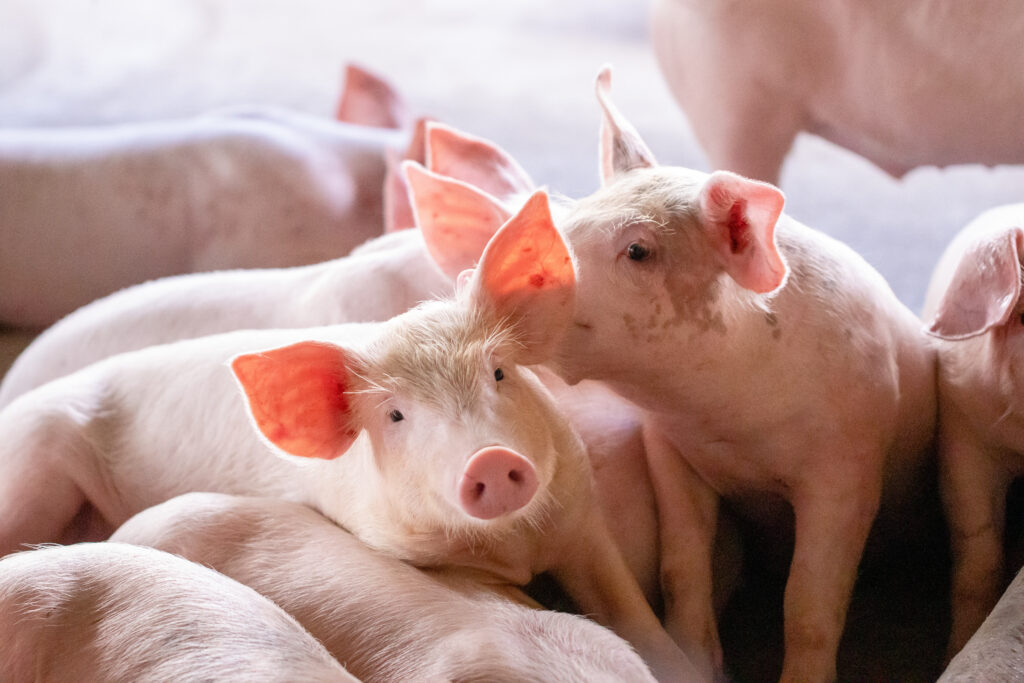The global pork industry is navigating an uncertain outlook, with limited sow herd growth reflecting the impact of fluctuating trade dynamics and ongoing health challenges, according to RaboResearch’s latest quarterly pork report.
The global sow herd is projected to decline in 2026, as producers face heightened uncertainty. The industry remains cautious on herd expansion, despite the prospects of a rebound in profitability across most regions, driven by tighter supplies of competing meats and lower feed costs.
The sector is focusing on productivity improvements, optimising carcase weights and improving herd health to offset limited herd growth, alongside strategic market expansion to maintain profitability and meet demand, according to Christine McCracken, senior analyst – animal protein for RaboResearch.
Notably, China’s policy to reduce sow numbers by 1 million, approximately 2.5% of its current base, will result in a 1% reduction in global sow numbers. However, Brazil’s continued sow herd growth, fueled by favorable margins and robust export growth, partially offsets this decline.
EU27+UK pork production was up by 3.5% in the year to July, led by a 7% increase in Spain, with Denmark and Poland up 5%, Italy up 4%, the UK up 2% and Germany up 1%, offset by a 3% fall in the Netherlands with France (-2%) and Belgium (-1%) also down.
EU production is forecast to remain above year earlier levels in the second half of the year, supported by steady herd sizes, continued productivity growth and lower feed costs. Production growth is expected to slow in 2026, as margins come under pressure due partly to export pressures.
Unstable trade
The global pork trade has seen a 3% year-on-year increase in the year to June, with expectations to end 2025 at or slightly above previous levels.
Brazil stands out as a key beneficiary, poised to expand its market share from 12% to 15% of total global pork volumes by 2025. According to Ms McCracken, this success is attributed to Brazil’s strategic efforts to broaden market access and diversify export relationships.
Meanwhile, geopolitical tensions persist, with the US and EU facing trade challenges with key export markets, including China, as a result.
Health concerns remain
Herd health was a significant disruptor of production and trade over the past year. Disease losses earlier in 2025 have constrained pork supplies in most of the top production regions, but the early signs point to a more stable outlook in 2026.
African swine fever (ASF) continues to pose challenges, particularly in Vietnam, which reported over 970 cases and the loss of over 100,000 pigs in 2025. Despite efforts to enhance biosecurity and implement vaccine protocols, the virus remains difficult to control.
Europe also faces ASF challenges, with Romania and Germany experiencing new outbreaks in their commercial herds. Additionally, foot-and-mouth disease (FMD) and porcine reproductive and respiratory syndrome (PRRSv) are impacting production, with PRRSv driving notable losses in North American and European markets.
Pork prices rise
Pork prices are strong, however, as demand growth outpaces supply in most markets. “Key production regions, including the EU and North America, have seen pork inventories drop, leading to price increases of 10% and 21% year-to-date, respectively,” Ms McCracken added.
Conversely, China’s pork prices have dropped 42% year-over-year due to increased production efficiency. While pork consumption remains steady, inflationary pressures could dampen sales in late 2025 and early 2026, the report predicts.
Despite these economic challenges, limited global beef and chicken supplies are expected to continue to support pork consumption, although premium and export-dependent cuts may face downward pressure.




